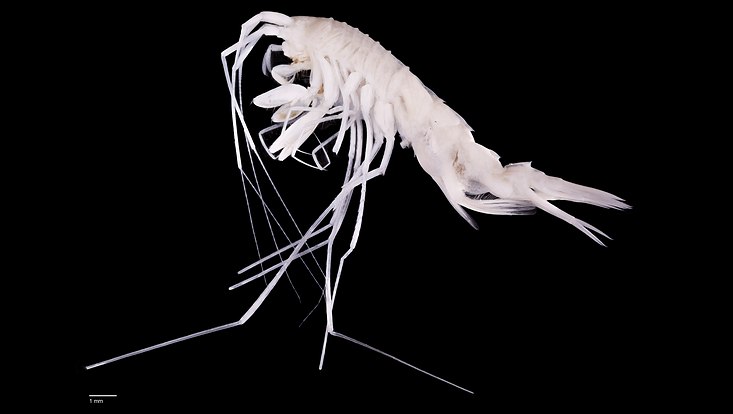Crustacea
Central to our research is reconstructing the evolution of Crustacea (water fleasa, shrinps, crabs etc). The advent of molecular genetic methods in modern studies of evolution, systematics and diversity have shown that many crustacean species still await their discovery and that the phylogenetic relationships within and among main crustacean taxa are not well resolved, yet. The crucial advances in recent years, thanks to next-generation sequencing methods providing large-scale phylogenomic datasets, have rather highlighted our lack of knowledge and the need of more in-depth research. This need is reflected in our ongoing research project which range from an integrative taxonomy - which combined classic taxonomy with molecular systematics, phylogeography and population genetics inn in the sense of Evolutionary Systematics (sensu Glaubrecht 2010) - to large-scale phylogenetics and genome evolution. The reconstructed phylogenetic framework provides the basis to trace back historic biogeographic processes (e.g., drift or vicariance) and to identify taxon-specific genomic changes (e.g., gene duplications, emergence of novel genes). Integrating the extensive and historically important crustacean collection here at the CeNak into modern research is a key interest, to fully utilize the value of such a collection.
In our research, we employ a wide range of next-generation sequencing methods (e.g., transcriptome sequencing, exom sequencing / target capture, ddRADSeq). These allow us to study hundreds or thousands of genes simultaneously and are complemented by Sanger sequencing of single target genes (e.g., COI) or morphological studies. The latter is still an important aspect of modern taxonomic research whose value is not to be underestimated in the age of rapidly decreasing sequencing costs.




